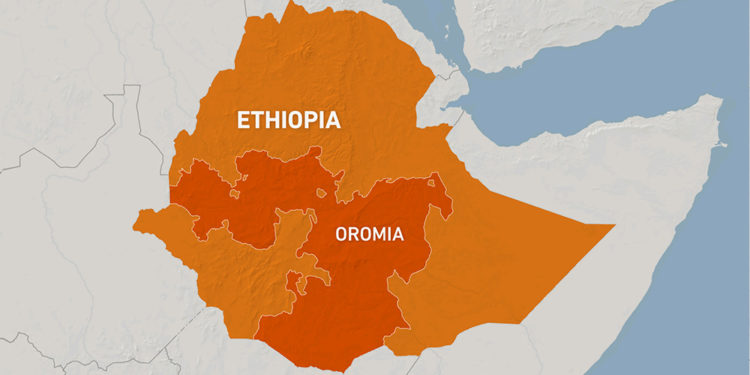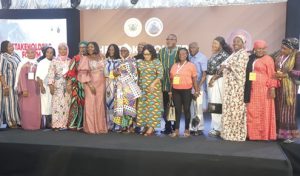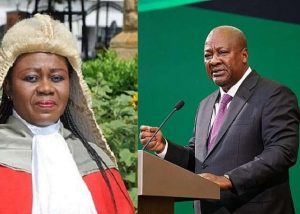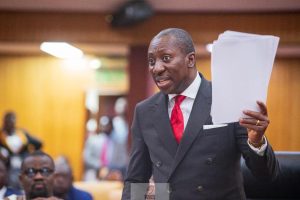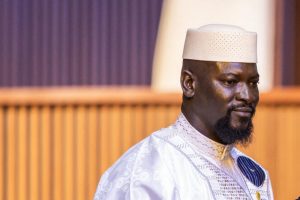More than 100 people, mostly from the Amhara ethnic group, have been killed in an attack in Ethiopia’s Oromia region, according to witnesses, who blamed the Oromo Liberation Army (OLA) for one of the deadliest attacks in recent memory.
However, two other witnesses said more than 200 people have been killed. The regional government in Oromia confirmed the attack but did not give details about casualty figures. The central government in Addis Ababa could not be reached for comments.
“I have counted 230 bodies. I am afraid this is the deadliest attack against civilians we have seen in our lifetime,” Abdul-Seid Tahir, a resident of Gimbi county, told The Associated Press news agency after barely escaping the attack on Saturday.
“We are burying them in mass graves, and we are still collecting bodies. Federal army units have now arrived, but we fear that the attacks could continue if they leave,” he added.
Another witness, who gave only his first name, Shambel, over fears for his safety, said the local Amhara community is now desperately seeking to be relocated somewhere else “before another round of mass killings happen”.
He said ethnic Amhara that settled in the area about 30 years ago in resettlement programmes are now being “killed like chickens”.
“My entire family is killed. No one was spared,” witness Abdu Hassen, who lives nearby, told DPA news agency by phone.
“I am hearing some 300 bodies are recovered so far. But collecting the bodies hasn’t started in two villages so it could be much higher.”
Earlier, Prime Minister Abiy Ahmed had condemned what he described as “horrific acts” in Oromiya, without giving details. “Attacks on innocent civilians and destruction of livelihoods by illegal and irregular forces is unacceptable,” he said on Twitter.
The attack comes as ethnic strife threatens to break apart Africa’s second-most populous country. Fighting that erupted in 2020 in the northern Tigray region spilled over into the neighbouring regions of Afar and Amhara last year.
Oromo Liberation Army blamed
The witnesses as well as the Oromia regional government blamed the OLA for the attacks.
In a statement, the regional government said the rebels attacked “after being unable to resist the operations launched by [federal] security forces”.
OLA spokesman Odaa Tarbii denied the allegations, claiming in a tweet that Abiy’s government was once again blaming the OLA for crimes it had committed itself.
“The attack you are referring to was committed by the regime’s military and local militia as they retreated from their camp in Gimbi following our recent offensive,” he said in a message to the AP.
“They escaped to an area called Tole, where they attacked the local population and destroyed their property as retaliation for their perceived support for the OLA. Our fighters had not even reached that area when the attacks took place,” he added.
Ethiopia is experiencing widespread ethnic tensions in several regions, most of them over historical grievances and political tensions.
The Amhara people, the second-largest ethnic group among Ethiopia’s more than 110 million people, have been targeted frequently in regions like Oromia.
Speaking to Al Jazeera from the Ethiopian capital, Addis Ababa, independent journalist Samuel Getachew said attacks against minorities were becoming more frequent in the East African country.
“They [Amharas] have asked to be moved to a safer area, perhaps within their own region of Amhara. The government has said they are listening but no action has been taken. Once again, this kind of killing has become the norm,” Samuel said.
The Ethiopian journalist said the region has become off-limit due to government restrictions, with the Ethiopian government preventing media people from speaking to OLA rebels declaring them as “terrorists”.
On Sunday, the government-appointed Ethiopian Human Rights Commission called on the federal government to find a “lasting solution” to the killing of civilians and protect them from such attacks.
Thousands of people have been killed, and several million others have been displaced from their homes as a result of the fighting between forces loyal to Abiy and the Tigray People’s Liberation Front (TPLF) and their allies.
The violence has eased since the federal government declared a unilateral ceasefire in March.
Source:aljazeera.com

